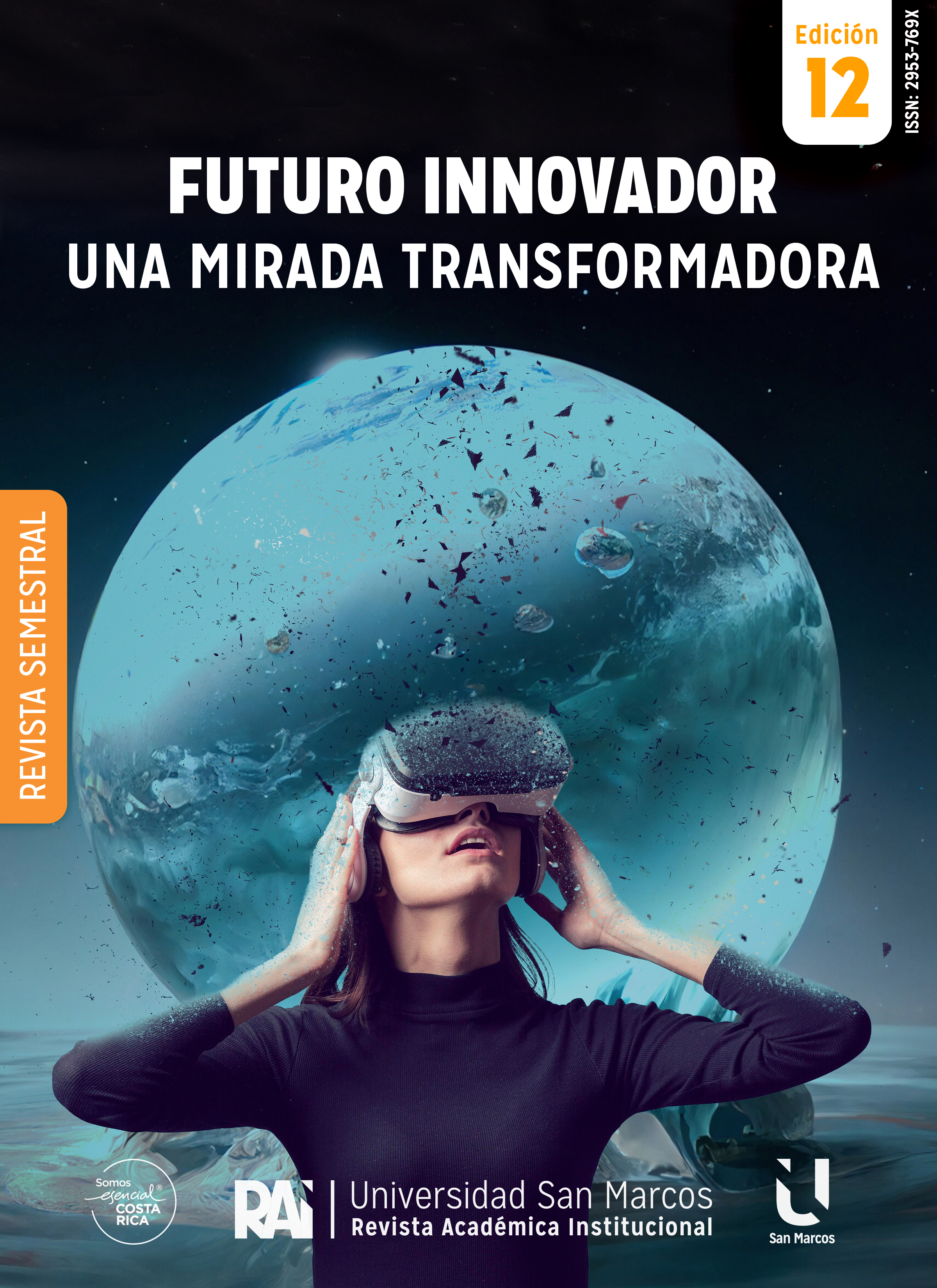Correlational study of the perception and academic performance of the Statistics I course at San Marcos University
DOI:
https://doi.org/10.64183/dtv9xb92Keywords:
Online learning, Higher education, University course, Correlational study, Teaching statisticsAbstract
The authors sought to provide new information that would allow San Marcos University (USAM) to have new points of view of the students in the Statistics I course, building a relationship between perception and academic performance. The study of non-experimental quantitative approach of non-cross-sectional and correlational-causal type, focused on understanding the perception of students regarding their learning experience in the courses of Statistics I, build a database of the academic record of students, to relate the perception and academic performance of the course of Statistics I, this leads to develop an action plan for the improvement of teaching processes and virtual learning of the course. Thus, it was possible to conclude in the test of equality of means (ANOVA) with a value of alpha (0.05) that the variables age, group and teacher are significant variables in the learning processes of the students and in the test of independence (Chi-Square) with alpha (0.05) and a value of (p = 0.1) with an associated Type I error, it is concluded that there is no statistical evidence to reject the independence between the student's perception variable and the final course grade of Statistics I, therefore, this study shows that there is no relationship between the perception and the final course grade of the student population analyzed.
Downloads
Downloads
Published
Issue
Section
License
Copyright (c) 2025 Revista Académica Institucional

This work is licensed under a Creative Commons Attribution-NonCommercial-NoDerivatives 4.0 International License.





